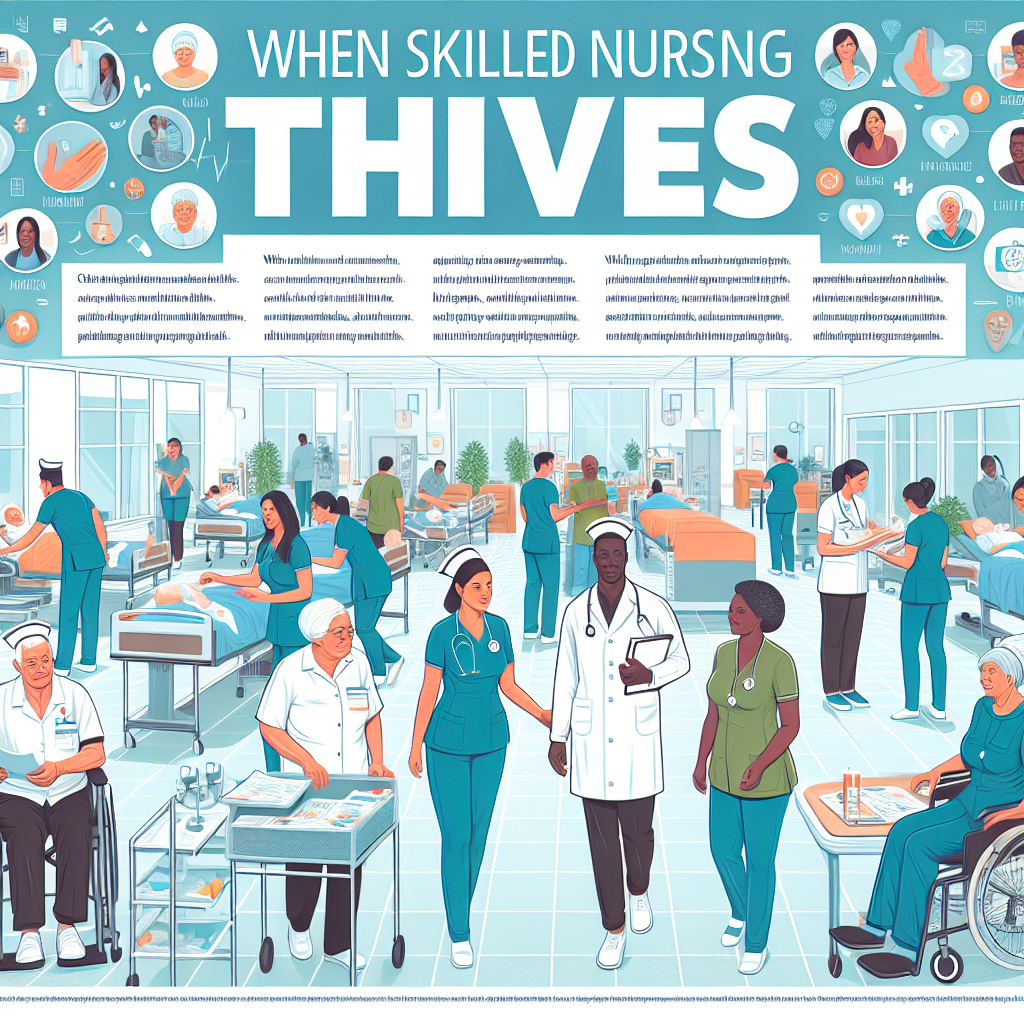New York, NY—In a transformative shift for healthcare, skilled nursing facilities are experiencing a profound resurgence, redefining the landscape of long-term care across the United States. As the baby boomer generation ages, the demand for high-quality, skilled nursing services is reaching unprecedented levels, with facilities adapting and thriving amidst these changing needs. A report from the American Health Care Association indicates a 15% increase in patient admissions to skilled nursing facilities over the past year alone, underscoring the growing reliance on these critical healthcare providers.
The resurgence is not solely driven by an aging population; it also reflects significant improvements in the quality of care, integration of technology in patient care, and a more holistic approach to long-term wellness. Leading the charge is New York-based Bright Horizons Care Centers, which has recently been recognized for its innovative approach to skilled nursing.
“At Bright Horizons, we’ve always believed in treating the person, not just the condition,” says Dr. Sarah Jennings, Chief Medical Officer at Bright Horizons. “Our focus on incorporating cutting-edge technology, like AI-powered diagnostic tools and telemedicine services, ensures our patients receive the highest quality of care. But more importantly, it’s about creating a compassionate environment where every individual feels valued and supported.”
This sentiment echoes a broader trend across the skilled nursing sector, where patient-centric care models are becoming the norm rather than the exception. Facilities are now focusing more on creating welcoming environments, with amenities that include private rooms, gardens, and even on-site educational and entertainment activities to promote mental and emotional well-being.
The financial performance of the sector has also seen a positive turn, with the National Investment Center for Seniors Housing & Care reporting a steady increase in investment in skilled nursing facilities. This shift is largely attributed to improved regulatory environments and a keener investor understanding of the sector’s long-term growth potential.
However, challenges remain, including staffing issues and ensuring equitable access to high-quality care for all segments of the population. As skilled nursing facilities continue to evolve, addressing these obstacles will be crucial for sustaining the momentum and truly transforming the landscape of long-term care in America.
With the ongoing commitment of healthcare providers, investors, and policymakers alike, the thriving skilled nursing sector stands as a beacon of hope for millions of Americans seeking quality, compassionate care in their later years. As this sector continues to grow and adapt, it represents not just a success story in healthcare but a fundamental shift in how we perceive and value the well-being of our aging population.


